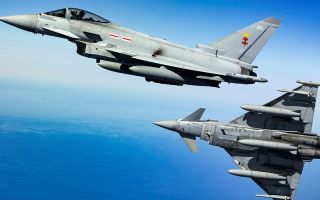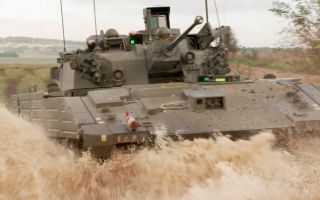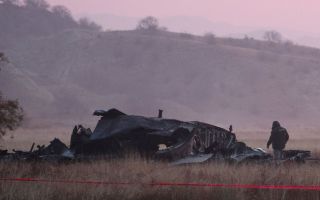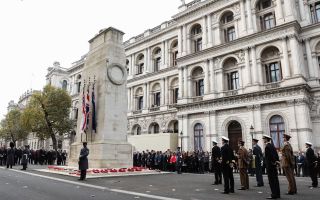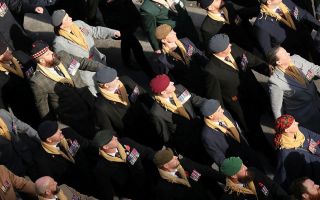Israel lifts the lid on commando raid on Iranian-funded missile factory in Syria
More than 100 soldiers belonging to a special Israeli Air Force unit carried out a raid on an underground Iranian-financed missile factory in Syria, it has emerged.
Operation Many Ways took place on 8 September – although details have only just been declassified and released by the Israeli Defence Force.
The raid was carried out by the Shaldag, a unit that specialises in commando-style raids, with support from the Israeli Navy.
The IDF said no personnel were harmed during the operation.
While the mission had initially been shrouded in mystery, the IDF decided to confirm its existence by releasing videos that explain exactly how the raid was carried out.
These include footage of an aircraft targeting the elaborate tunnel system as well as body-cam footage of personnel taking part in the attack and storming the facility.
The factory was located between 230ft and 400ft below the ground, making it impossible to destroy from the air, according to the Times of Israel.
It was also built within a mountain in the Masyaf area of Syria – located in the northwest of the country and around 124 miles from the Israeli border.
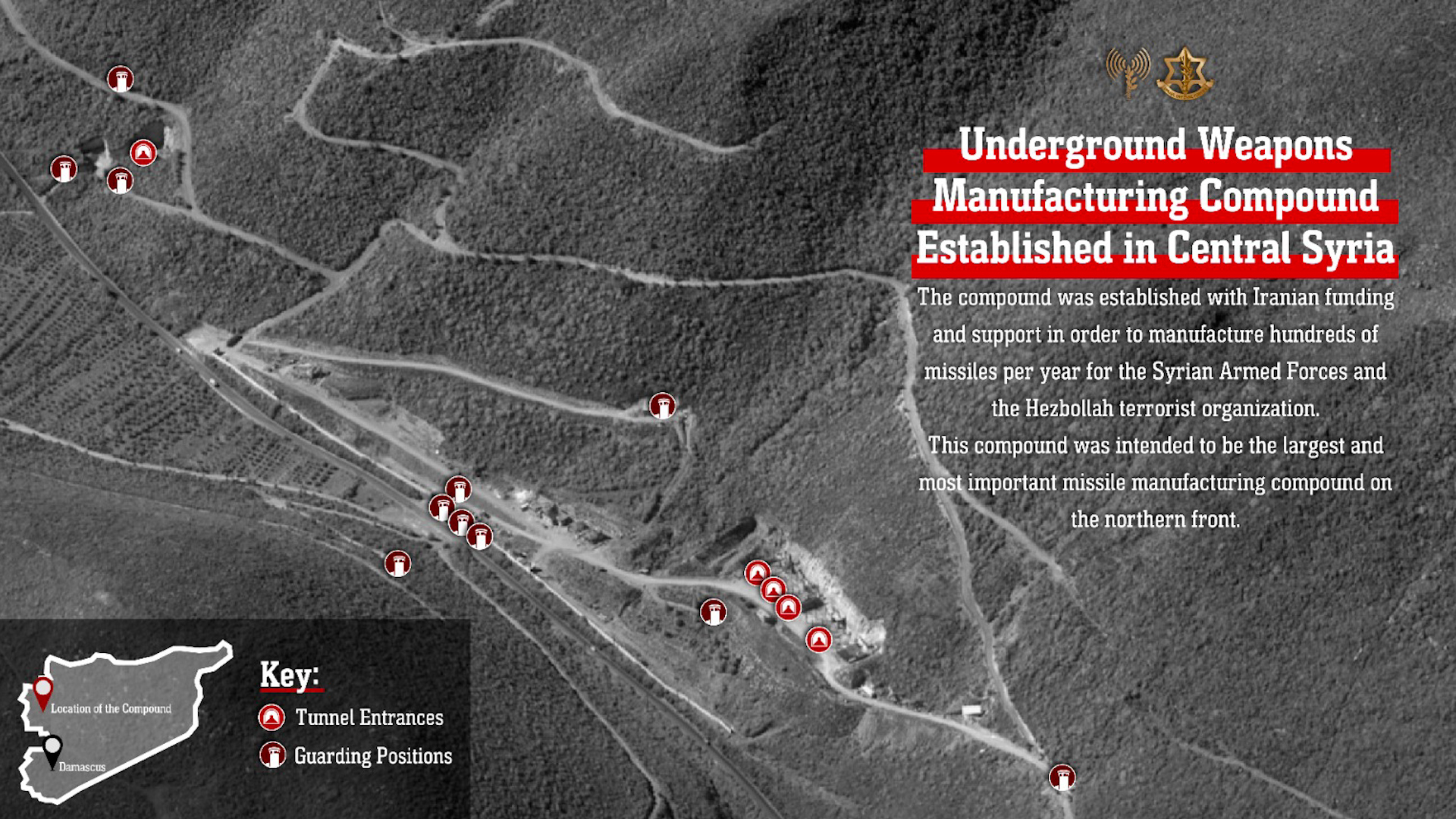
Israeli forces said the facility was shaped like a horseshoe, with an entrance and exit on the side of the mountain for raw materials to enter and missiles to emerge.
One of the key aims of the mission was to destroy the factory, which the IDF said was manufacturing a number of weapon systems.
These included a surface-to-surface missiles, such as M220s, with a range of 70km, M302s converted into precision missiles with a range of 40km and M122s, which have a range of 40km.
M600F and M600GG missiles were also manufactured in the factory, according to the IDF, which said the missiles have a range of between 250km and 300km.
The factory, codenamed Deep Layer by Israel, was a "flagship project" for Iran, according to the IDF, which also said the factory was significantly increasing the supply of missiles to Hezbollah and other Iranian proxies in the Middle East.
In terms of the mission, the IDF said troops were flown in via helicopter, with both "fire and intelligence-gathering support from aircraft, fighter jets and naval vessels of the Israeli Navy".

Six CH-53 Yasur heavy transport helicopters were used to get the troops into Syria, with two attack helicopters providing air support.
According to the Times of Israel, they were joined by 21 fighter jets, five drones and 14 spy planes, among other aircraft, with 30 more waiting on standby.
The outlet reported that as the helicopters neared the facility, the jets and drones launched a wave of strikes on the facility and others, trying to mask the approach of the helicopters.
During the raid, which reportedly lasted for two hours, Israeli forces reached "critical machinery for manufacturing precision missiles".
This included a planetary mixer, numerous weapons and intelligence documents.

According to the IDF, the soldiers destroyed the compound and safely returned to Israeli territory.
This saw them attaching bombs to all equipment in the facility, according to the Times of Israel, with a total of 300kg used, before evacuating the site and detonating the bombs once the troops were boarding the helicopters to return to Israel.
The outlet also reported that the IDF said it killed 30 guards and Syrian soldiers during the raid, while Syrian media reported 14 dead and 43 wounded at the time.
The raid took place while now-exiled former Syrian leader Bashar al-Assad was still in power, with Masyaf having previously been targeted for being a pro-Assad area used for producing weapons.
In 2017, it was reported that a base in the area was being used by the Syrian regime to develop a chemical weapons stockpile.
The Times of Israel said Iran started planning the construction of the missile site in 2017 after an Israeli strike on a weapons factory.

